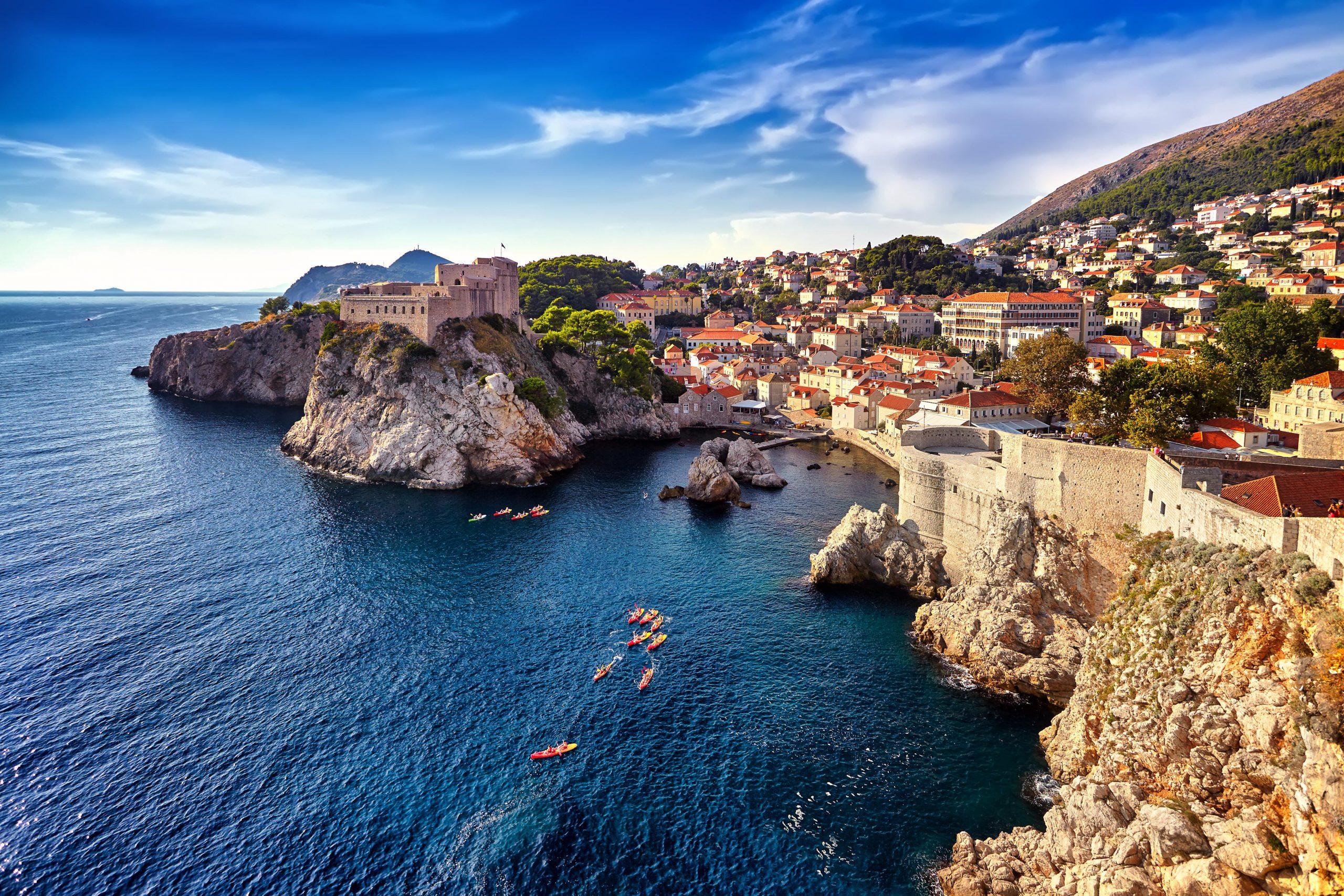Exploring Dubrovnik: The Jewel of the Adriatic Coast

Introduction
Dubrovnik, often referred to as the ‘Pearl of the Adriatic’, is a UNESCO World Heritage site renowned for its stunning architecture, rich history, and vibrant cultural scene. Located on the southern coast of Croatia, this historic city attracts millions of visitors each year, making it one of the most popular destinations in Europe. Its significance lies not only in its picturesque views but also in its well-preserved medieval architecture and its role in maritime trade during the Renaissance.
Historical Significance
Dubrovnik’s history dates back to the 7th century, when it was founded as a trading port and a significant naval power. The city’s walls, constructed in the 12th century, are considered some of the best-preserved defensive structures in the world. They have successfully withstood various sieges, including the infamous siege by the Yugoslav People’s Army in 1991 during the Croatian War of Independence. Today, these walls are a testament to the city’s resilience and are a major draw for visitors.
Tourism and Cultural Events
The tourism industry in Dubrovnik has seen substantial growth, especially in recent years. According to data from the Croatian Bureau of Statistics, Dubrovnik welcomed over 1.5 million tourists in 2022, with numbers expected to rise in 2023. The city is host to numerous cultural events such as the Dubrovnik Summer Festival, which features performances ranging from theatre and music to dance. These events enrich the cultural landscape and promote the local arts scene.
Challenges and Sustainability Efforts
While the booming tourism sector is beneficial, it also presents challenges such as overcrowding and environmental sustainability. Local authorities have implemented measures to manage tourist numbers, including a cap on daily visitors to the Old Town. Furthermore, initiatives aimed at preserving the historic architecture and reducing the ecological impact are also in place, reflecting a growing awareness of the need for sustainable tourism.
Conclusion
Dubrovnik stands as a shining example of historical significance and modern-day charm, brilliantly showcasing the confluence of culture, architecture, and community. As the city continues to attract visitors worldwide, its fragile environment and heritage will require careful management. The future of Dubrovnik will depend on balancing tourism with sustainability, ensuring that this Adriatic jewel remains a treasure for generations to come.
